The importance of Yuma’s agricultural water
At the convergence of Arizona, California, Mexico and the Colorado River is Yuma, Arizona, the Winter Lettuce capital of North America. Between the months of October and April, 90% of the U.S. and Canada’s leafy greens and other vegetables are grown here. And during the rest of the year, Yuma supplies Arizona, the country and the world with a variety of melons, wheat, cotton, sudan grass and other crops.
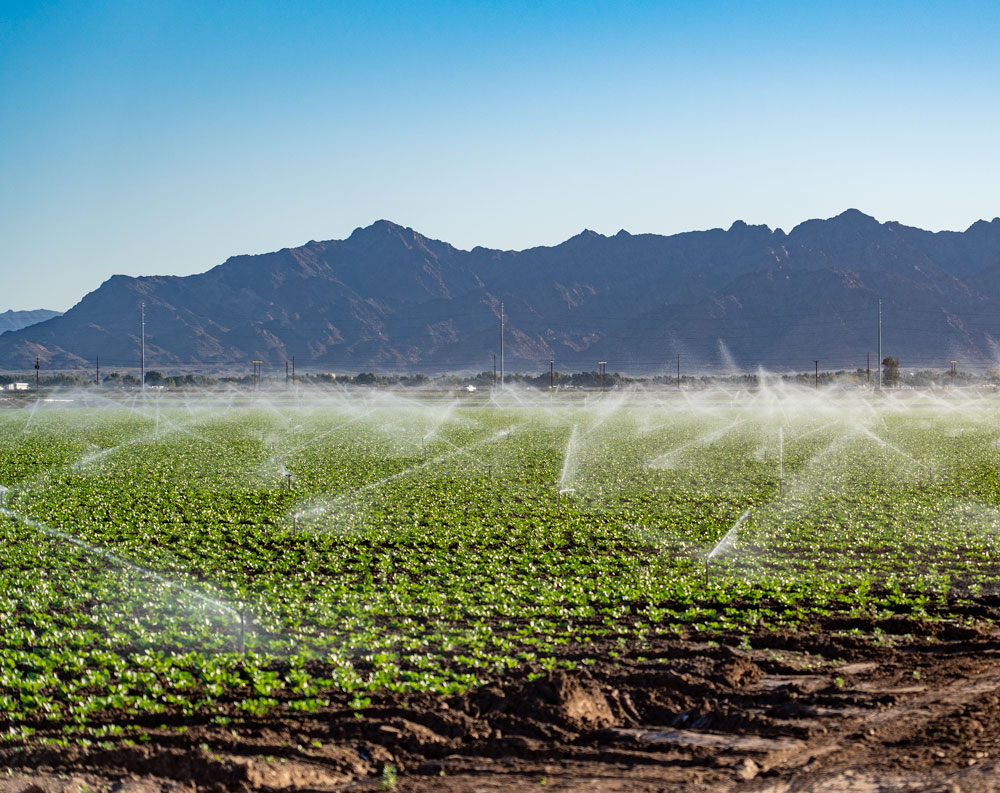
For more information on Yuma’s Water Efficiency
Help us protect Yuma’s water.
Soil, water, climate, infrastructure, people and innovation are the recipe for creating and supporting the most efficient and productive agriculture ecosystem. And Yuma has done it. Water in Yuma means food security for the Nation. We continue to find ways to feed more people with less resources but we cannot do this without water.
Follow Yuma Ag Water on social media:
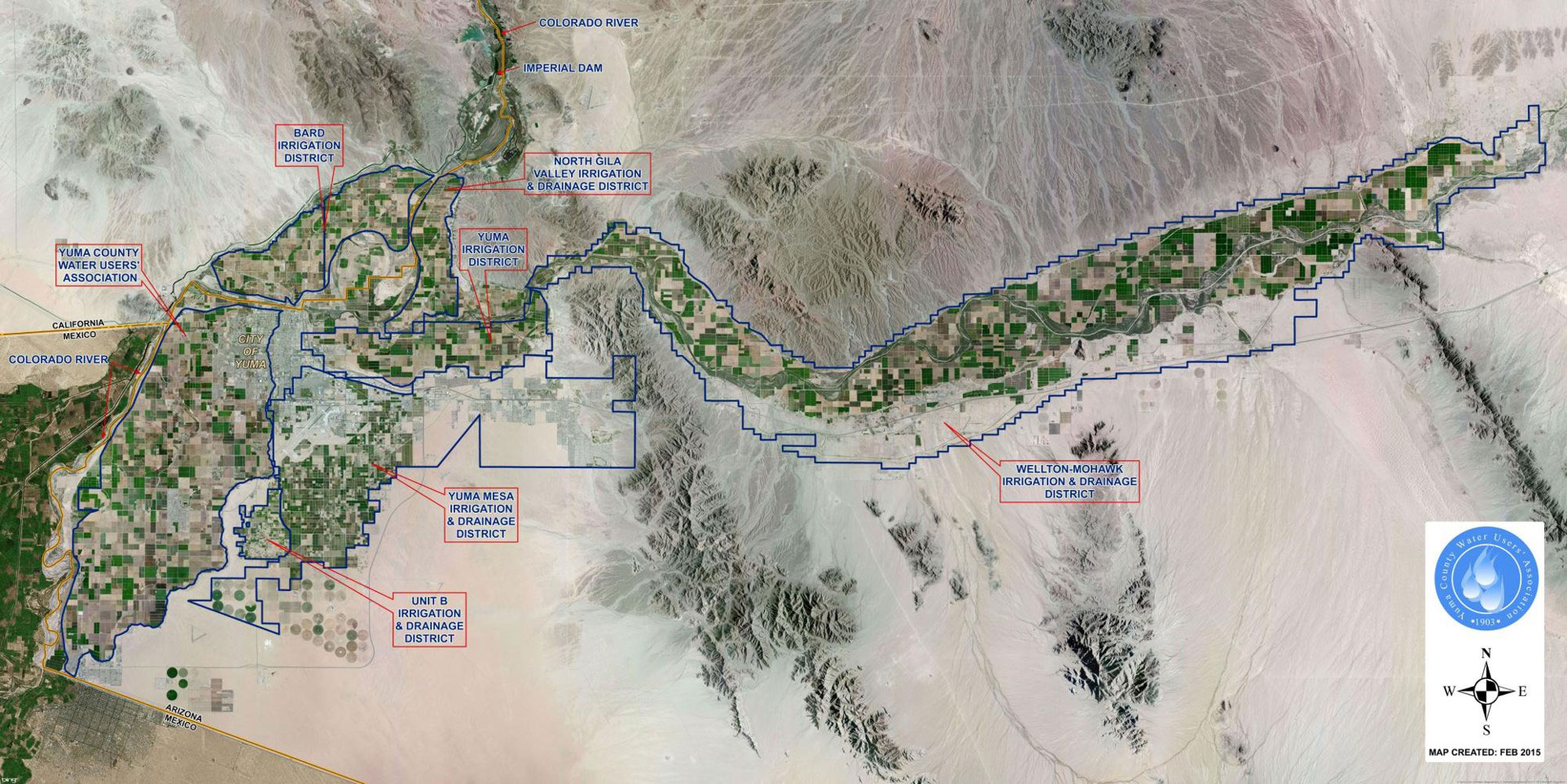
(Photo: Map outlining the vast irrigation network that supplies water to the fertile, Yuma crops.)
HISTORY
Millions of years ago, the Colorado River deposited sediment in the Yuma area that created some of the most fertile soil in the world. With water from the Colorado River and an average of 308 days of sunlight annually, crops flourish, making Yuma, one of the most productive agricultural areas in the world.
Over 100 years ago, before Arizona was even a state, and before the U.S. Bureau of Reclamation was established, the Yuma area began diverting water from the Colorado River and building irrigation infrastructure to deliver the same. Shortly after the Reclamation Act was signed by President Theodore Roosevelt in 1902, the Reclamation Service approved the Yuma Project which consisted of the Laguna Dam, Yuma Siphon, Yuma Main Canal and other distribution systems that serve the Yuma and Bard Valleys. The Gila Project was another large Bureau project in the Yuma area that delivers water to agricultural lands East of Yuma. Together these projects deliver irrigation water to 180,000 acres of farmland. The Yuma area holds some of the most senior rights on the Colorado River. With those rights, the Yuma area has always enjoyed water certainty. But with the fate of the Colorado River becoming less certain, agriculture is at risk.
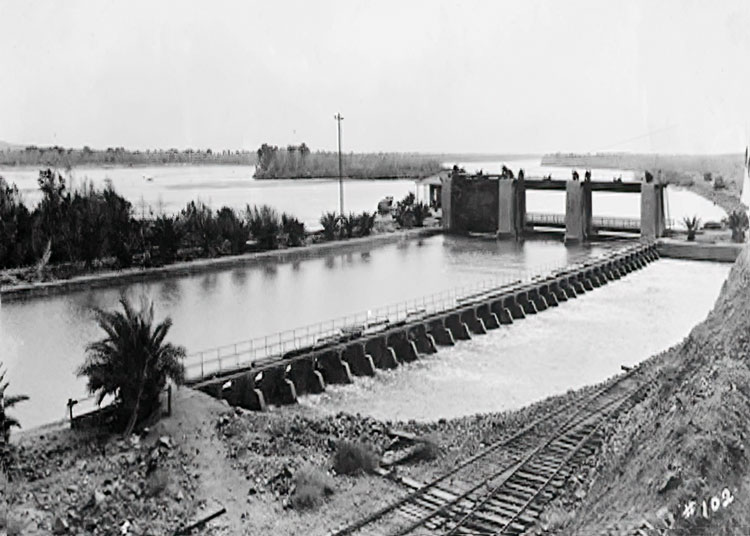
For generations, farmers have been investing in their farms to improve the uses of our vital resources, improving crop yields and quality, creating a sustainable food supply for the Nation, and protecting the future for the next generation. This success has been due in large part to the hard work and perseverance that has been passed down from generation to generation but advances in science and technology have also played a significant role. The ag industry is incredibly grateful to the researchers that have spent their lives searching for solutions to soil, plant, and pest problems, advancing conservation techniques, and keeping Yuma on the forefront of ag innovation. Their research has helped create an incredibly safe and secure food supply for the Nation.
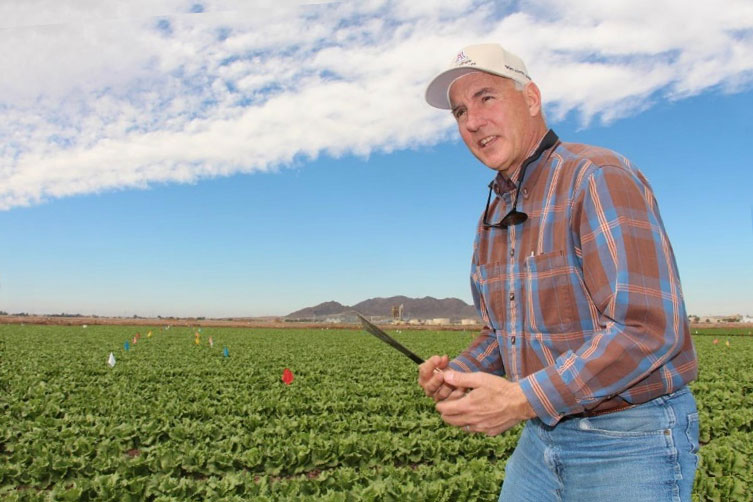
It takes 17 million hours of on farm labor for Yuma County to produce the 1 billion pounds of lettuce that is grown and harvested here each month. Yuma’s proximity to the US-Mexico Border gives access to legal laborers that cross the border each day. The ag industry is also incredibly grateful to the policy makers and advocates who have made access to quality, highly-skilled labor possible.
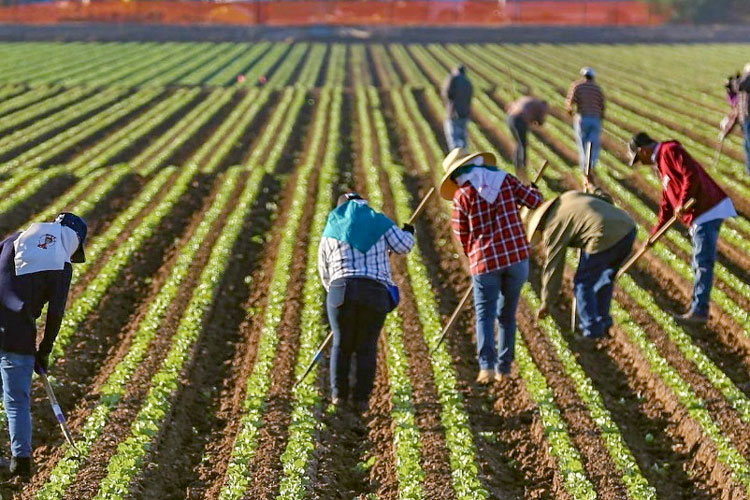
Soil, Water, Climate, Infrastructure, People, & Innovation
Yuma – Always in Season 2024
Yuma Fresh would like to give special thanks to our funding partner, Yuma County Ag Water Coalition, to the Yuma Center for Excellence in Desert Agriculture for coordinating this effort, and everyone that participated in the planning and making of these videos.
